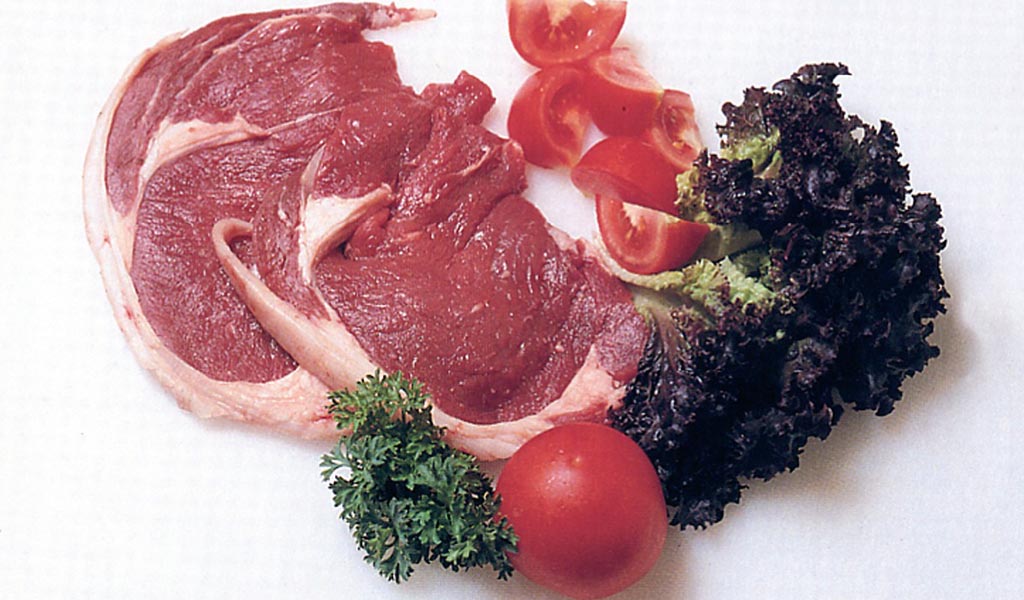Prodotti tradizionali
Carne bufalina

Nelle province di Caserta, Salerno, Benevento, e Napoli, oltre che in alcuni comuni del Lazio, della Puglia e del Molise, i numerosi allevamenti di bufale danno origine alla produzione della squisita "mozzarella di bufala campana", un prodotto DOP. Sull'origine dell'allevamento bufalino in Italia meridionale, si fanno numerose ipotesi. La bufala italiana (bufala mediterranea), considerata originaria dell'India orientale, secondo alcuni autori, avrebbe, invece origini autoctone: il ritrovamento di reperti fossili nella campagna romana comproverebbe tale ipotesi, sulla quale, tuttavia, non tutti gli studiosi concordano. Alcuni sostengono che la bufala sia stata introdotta in Italia in seguito all'invasione dei Longobardi, altri ancora che siano stati i Normanni, intorno all'anno mille, a insediare i primi allevamenti bufalini nelle aree paludose del Sud Italia. L'incertezza è dovuta al fatto che con il termine bubalus, in epoca romana e tardoromana si indicavano sia i bovini sia altri ruminanti, tra cui alci e buoi selvatici. Si tratta, in ogni caso, di una tradizione molto antica e radicata, specialmente nelle vaste pianure alluvionali del Casertano e della Piana di Eboli, dove si concentrano la stragrande maggioranza dei capi e degli allevamenti, e dove questo rustico animale, che gode a stare immerso nel fango per difendersi dal caldo e dagli insetti, ha trovato l'ambiente adatto, che forse gli ricorda le sue remote origini africane o asiatiche. I Borboni prestarono molta attenzione all'allevamento della bufala, tanto da crearne un allevamento nella tenuta reale di Carditello, presso Caserta, dove, nella metà del ‘700, insediarono anche un caseificio. Da secoli utilizzate per la produzione della ben nota mozzarella, le bufale non sono state allevate per la produzione di carne poiché, a fronte di un largo consumo di carne vaccina e suina, la carne bufalina non ha mai incontrato grosso favore tra i consumatori. Solo negli ultimi anni stiamo assistendo a una sorta di inversione di tendenza. Studi recenti hanno infatti dimostrato che la carne di bufala contiene meno grasso di infiltrazione rispetto alla carne vaccina e, pur presentando una maggiore quantità di grasso di copertura, facilmente separabile dal magro, contiene meno colesterolo e una maggiore quantità di ferro e proteine. Riguardo al sapore, ha caratteristiche organolettiche molto simili alla carne vaccina, ma è più tenera e succosa.
In the areas of Caserta, Salerno, Benevento, and Naples, and some areas of Lazio, Puglia and Molise many buffalo breeders produce the delicious "mozzarella di bufala campana" (DOP). There are many assumptions on the origins of buffalo breeding in the south of Italy. For some the Bufala Italiana (Mediterranean Buffalo) comes from East India, for others its origins are native: findings of fossils in the country around Rome confirm the second hypothesis, but not all academics agree. Some sustain that the buffalo was introduced in Italy after the Longobards invasion, others think the Normans, around the year 1000, were the first breeders in the swamp areas of southern Italy. Uncertainty is due to the fact that the word "bubalus", in the Roman and late- Roman period, designated bovines but even other ruminants like elks and wild oxes. Anyhow it's an ancient and deeply rooted tradition, especially in the big alluvial plains near Caserta and the Piana di Eboli, where the majority of the subjects and of the breeding farms are concentrated, and where this rustic animal, who takes pleasure in immersing itself in mud to avoid the heat and insects, has found the right environment since it probably reminds it of its African and Asian origins. The Bourbons gave a lot of attention to buffalo breeding to the extent that they created a breeding farm in the royal estate of Carditello, in Caserta, where, in the middle of the 18th century, a dairy was established. Even though they have been used for the production of the famous "mozzarella" for centuries, buffalos have never been bred for the production of meat because, due to the widespread consumption of cow and pork meat, buffalo meat has never been favoured by consumers. However, in the last years a different trend has been witnessed. Recent studies have witnessed that buffalo meat has less infiltration of fat if compared to cow meat. Though it presents a bigger quantity of coverage fat, which is easily detached from the lean part, it contains less cholesterol and a bigger quantity of iron and proteins. As for the taste, it has similar organolectic characteristics to cow meat, but it's more tender and juicy.